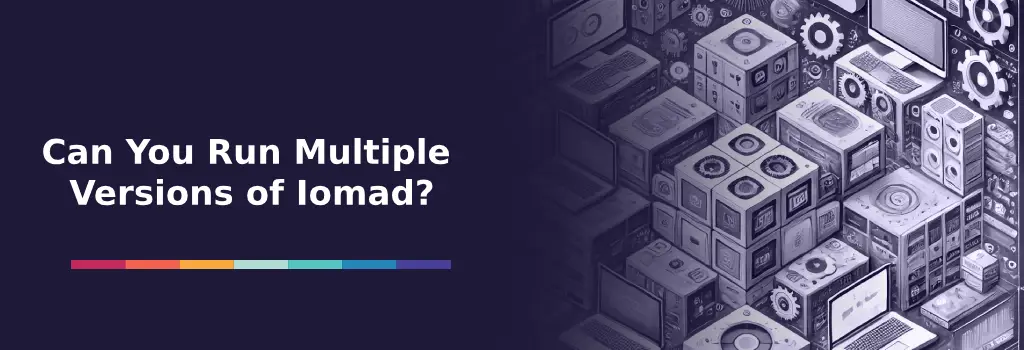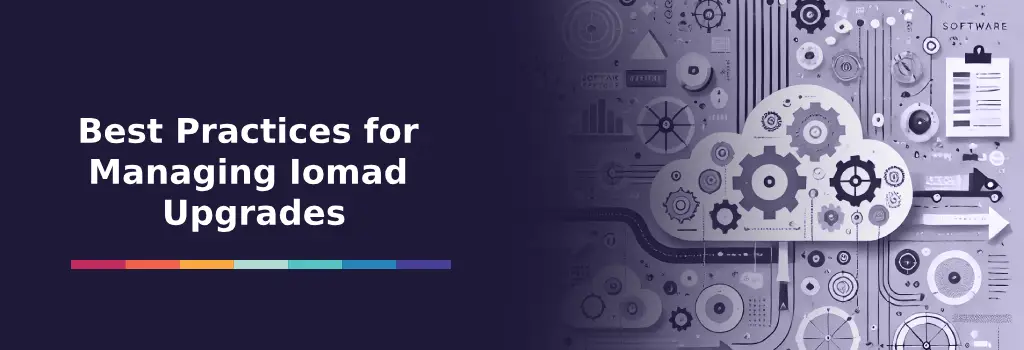Upgrading a multi-tenant Moodle installation using Iomad comes with its own set of considerations and challenges. Unlike standard Moodle setups, Iomad adds a layer of complexity due to its tenant-specific configurations. This article provides guidance on how to manage Iomad upgrades effectively. We’ll look at Iomad’s delayed release cycle, outline common issues, clarify the safe use of multiple versions, and share best practices to avoid disruptions. If you’re managing Moodle for clients or departments using Iomad, these insights will help you upgrade with confidence.
I recently migrated my site to Mindfield from another host, and the experience couldn’t have been better. Mindfield kept working until they were certain that my site was operating as well as it was before, and they even helped clean up a few issues to improve my site’s performance – issues my prior host never mentioned. I also found Mindfield’s communication to be excellent. Before the migration, they prepared me for what to expect, and during the migration they kept me well-informed. No small feat considering that changing hosts is inherently stressful! They also provided clear and concise explanations when required. I’d highly recommend Mindfield if you’re looking for an IT consultant, developer, or host.
Jim Benedek
Owner, Student First Media Inc.
review Source: Google Reviews
Outline
Iomad’s Release Cycle: Always a Step Behind Moodle
One of the first things to note is that Iomad releases typically lag behind Moodle core releases by several weeks to a few months. This delay allows Iomad’s development team to:
-
Merge tenant-specific enhancements with new Moodle features
-
Ensure stability with Moodle’s latest core changes
-
Patch any conflicts between Iomad’s multi-tenancy logic and core updates
For example, if Moodle 4.5 is released in April, the compatible Iomad 4.5 version may not be stable or public until late May or June.
This means Iomad administrators should delay upgrades until the Iomad-compatible release is officially available and tested.
Common Upgrade Bugs & Challenges
While Iomad is robust, upgrades sometimes surface bugs that aren’t found in core Moodle setups. Issues we’ve encountered include:
-
Plugin incompatibilities: Some third-party Moodle plugins break under Iomad due to role or tenant restrictions.
-
Custom branding loss: Theme settings or tenant logos sometimes revert after upgrades.
-
Permission mismatches: New Moodle permissions or roles don’t always translate cleanly in the Iomad structure.
-
Broken reports: Tenant-specific reports or dashboards may require reconfiguration after updates.
It’s best to test all tenant-level functionality on a staging environment before upgrading your live site.
Can You Run Multiple Versions of Iomad?
Yes— it is absolutely possible (and recommended) to run multiple Iomad instances on different servers or containers. This setup enables:
-
Version comparison: Evaluate new features or bugs without affecting production.
-
Zero-downtime upgrades: Prepare a new instance with the upgraded version, migrate users in phases.
-
Custom client environments: For organizations managing different customers with varying needs.
Each instance should be isolated with its own database, config file, and cron setup. Containerized solutions (e.g., Docker or VM-based environments) make this even more scalable.
Best Practices for Managing Iomad Upgrades
Here are some expert tips to navigate Iomad version upgrades smoothly:
- Monitor Iomad GitHub and Release Notes: Follow the Iomad GitHub repo for updates and changelogs.
- Use a Staging Environment: Always clone your site and test upgrades in a sandboxed environment before going live.
- Document Tenant-Specific Customizations: Keep a record of any code, plugin, or UI changes that differ between tenants.
- Time Your Upgrades Strategically: Plan upgrades between academic terms or during low-usage periods.
- Work With a Moodle Expert: A qualified Moodle consultant can handle upgrade scripts, plugin audits, and rollback plans—saving time and reducing risk.
Benefits of Hiring Moodle Expert Developers
Managing a Moodle multi-tenancy LMS with Iomad during upgrades can present hidden technical challenges, from plugin compatibility issues to tenant-specific permission conflicts. Hiring Moodle expert developers ensures that your upgrade process is handled methodically, with comprehensive staging, testing, and rollback plans in place. Experts are adept at maintaining system stability while preserving critical customizations, user data, and branding across multiple tenants. They also bring valuable insight into upcoming Moodle and Iomad releases, helping organizations stay ahead of potential changes or disruptions.
Beyond just technical execution, expert developers act as strategic partners. They can recommend optimization strategies, automate maintenance tasks, and even help implement scalable multi-instance setups if needed. By working with seasoned Moodle professionals, organizations gain peace of mind, knowing their platform will evolve smoothly alongside Moodle and Iomad’s updates—ensuring uninterrupted service and an enhanced learning experience for all users.
Frequently Asked Questions (FAQs)





